
Tanzania
Tanzania is Africa's premier safari destination, featuring the iconic Serengeti, Ngorongoro Crater, and exceptional wildlife viewing across three distinct circuits.
About Tanzania
Tanzania stands as one of Africa's premier safari destinations, offering an unparalleled wildlife viewing experience across three distinct safari circuits. Located in East Africa, this 947,303 square kilometer nation encompasses some of the continent's most iconic landscapes and wildlife reserves. The Northern Circuit features the legendary Serengeti National Park, famous for the annual wildebeest migration involving millions of animals, the spectacular Ngorongoro Crater with its abundant wildlife concentrated in a natural amphitheater, and Mount Kilimanjaro, Africa's highest peak. The Southern Circuit includes the expansive Nyerere National Park (formerly Selous Game Reserve), known for its walking safaris and boat trips along the Rufiji River, and Ruaha National Park, a remote wilderness teeming with wildlife including the endangered African wild dog. The Western Circuit offers the remote and pristine Katavi National Park and Mahale Mountains National Park, famous for chimpanzee trekking experiences rivaling those in other African nations. Tanzania's diverse ecosystems support an extraordinary array of wildlife, including all members of the Big Five (lion, leopard, buffalo, elephant, and rhinoceros), with particularly impressive populations of elephants, giraffes, zebras, and wildebeest. The country's safari infrastructure is well-developed, offering options ranging from budget camping safaris to ultra-luxury lodge experiences. Beyond wildlife viewing, Tanzania offers cultural encounters with traditional communities like the Maasai and Hadzabe people, adventure activities including Mount Kilimanjaro climbing, and beach relaxation on the stunning Zanzibar archipelago. The combination of exceptional wildlife density, varied landscapes, cultural richness, and well-established tourism services makes Tanzania consistently rated as Africa's top safari destination by both expert guides and safari tourists.
Safari Packages (19)
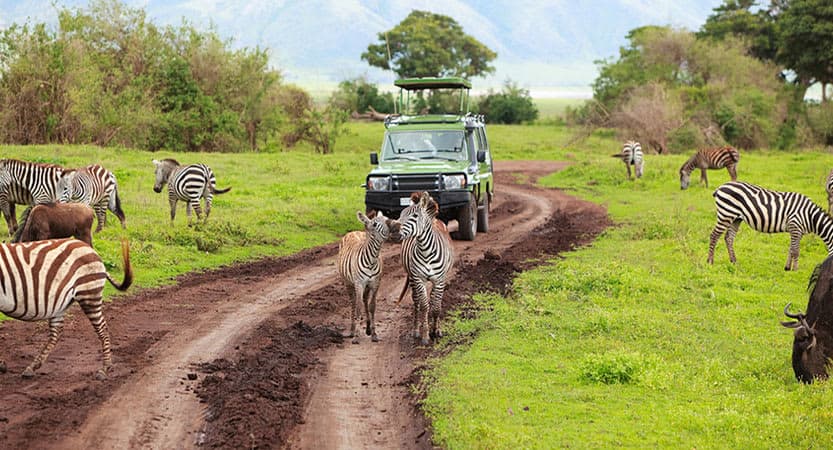
12-Days Tanzania's Golden Circle Wildlife Expedition

7-Days Tanzania's Greatest Wildlife Adventure

5-Days Northern Tanzania Wildlife Explorer Safari

10-Days Tanzania's Greatest Wildlife & Beach Escape

10-Days Tanzania's Greatest Wildlife and Beach Escape
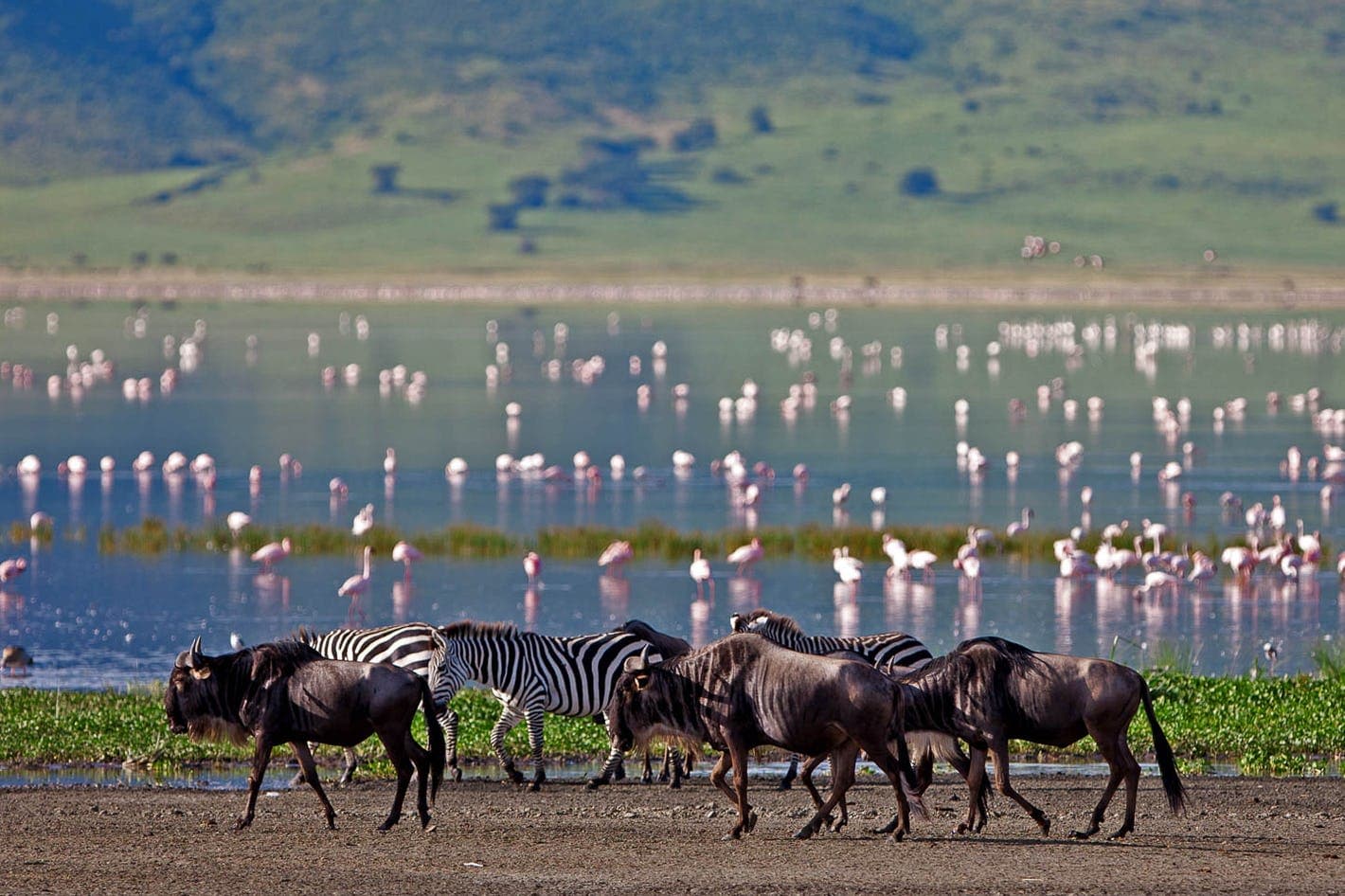
5-Days Northern Tanzania Wildlife Adventure
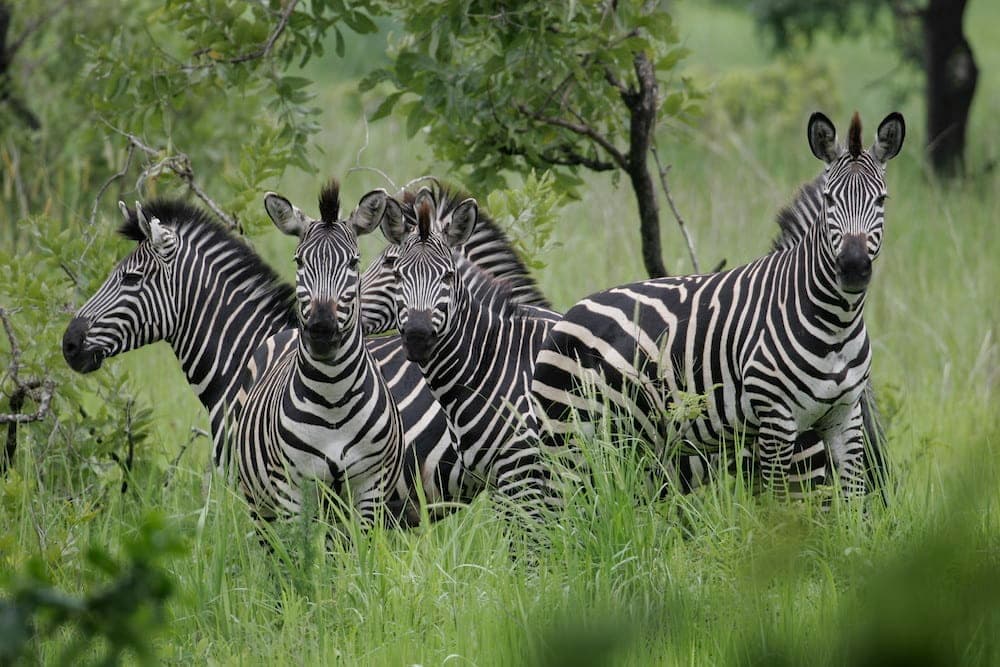
12-Days Tanzania's Ultimate Wildlife & Beach Escape
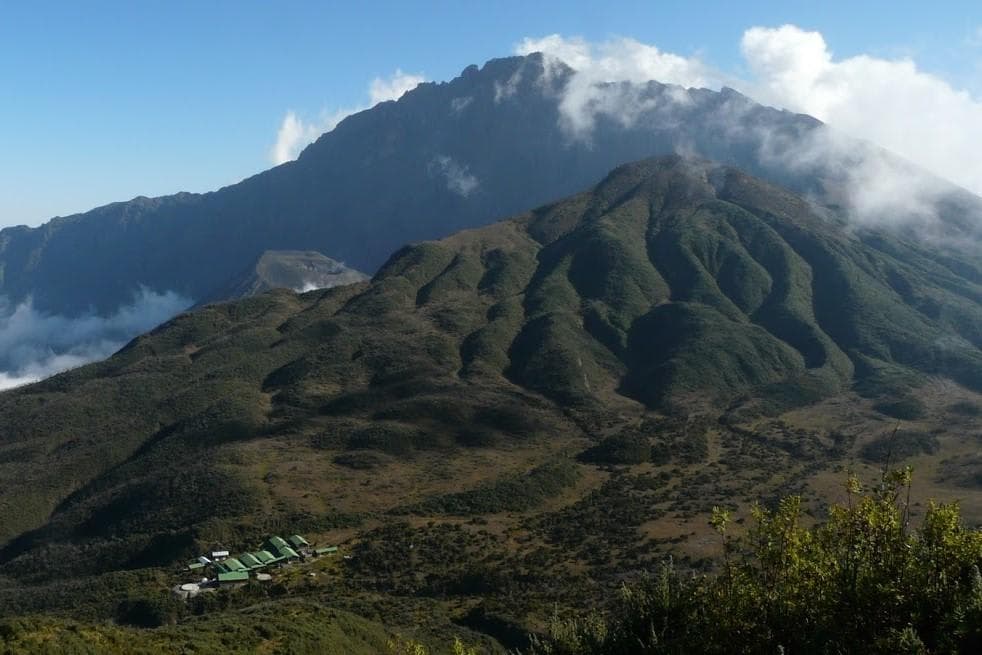
14-Days Tanzania's Ultimate Mountain & Beach Escape
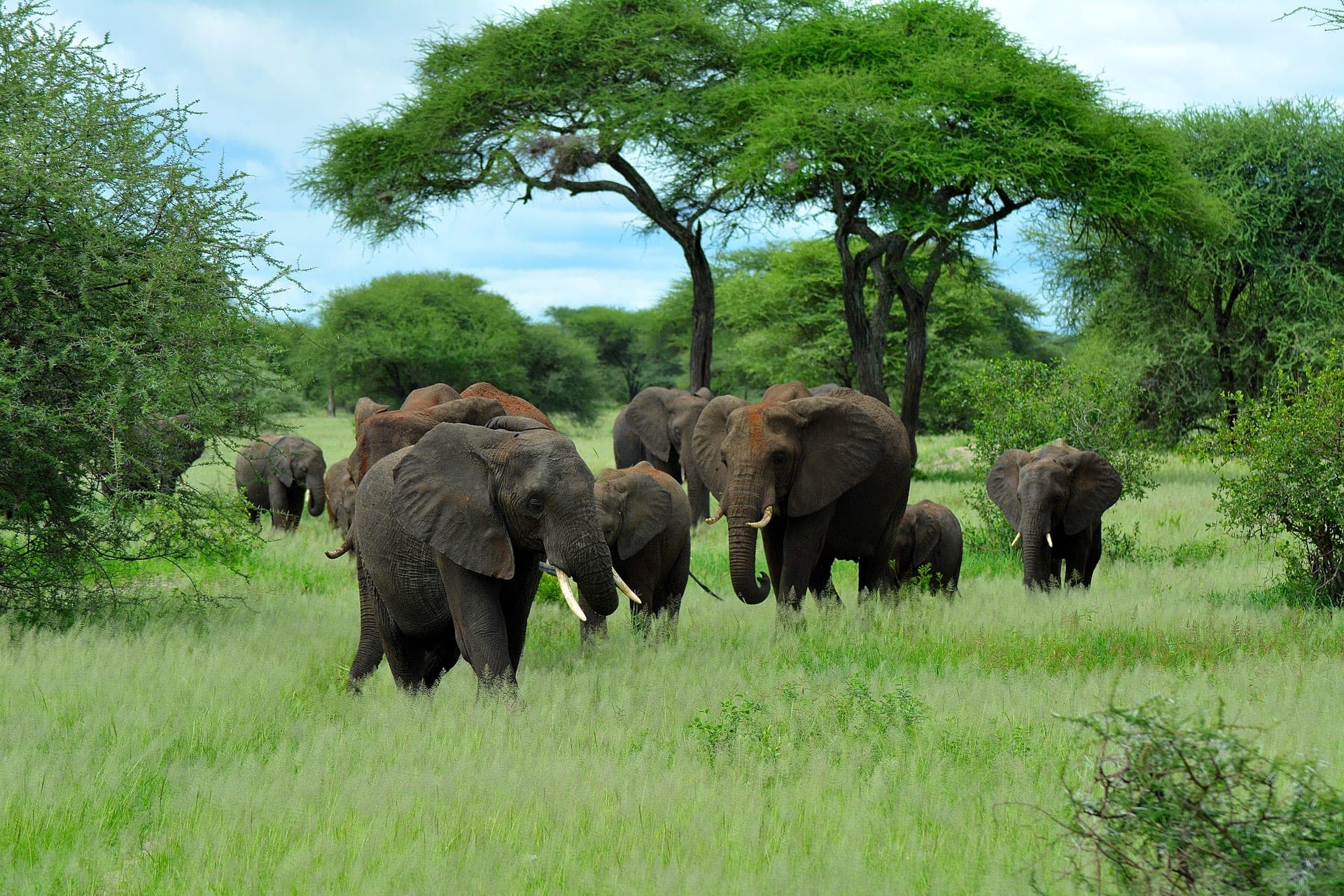
5-Days Tanzania's Ultimate Big Five Experience
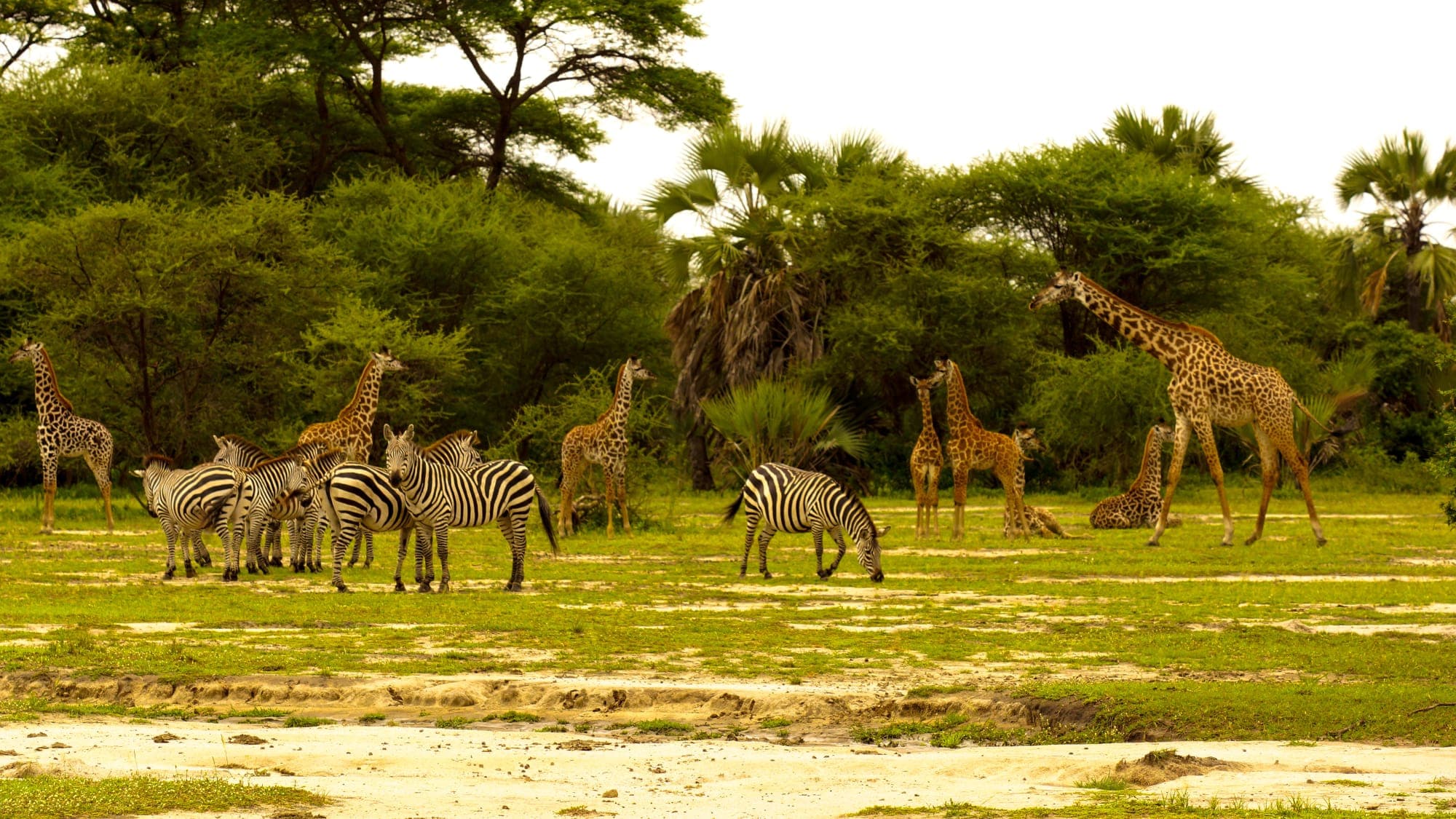
6-Days Classic Tanzania Wildlife Explorer
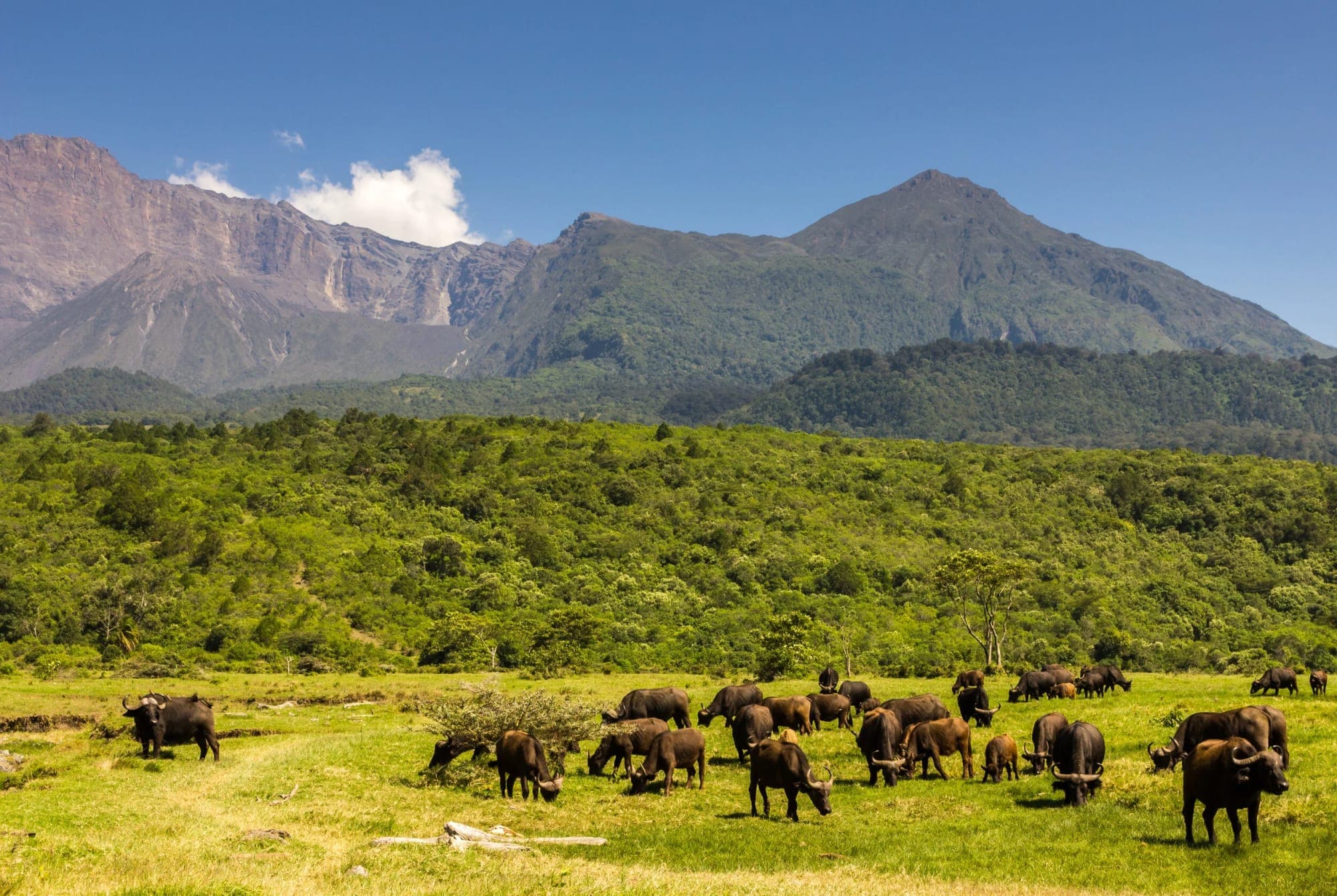
12-Days Ultimate Tanzania Wildlife & Culture Explorer
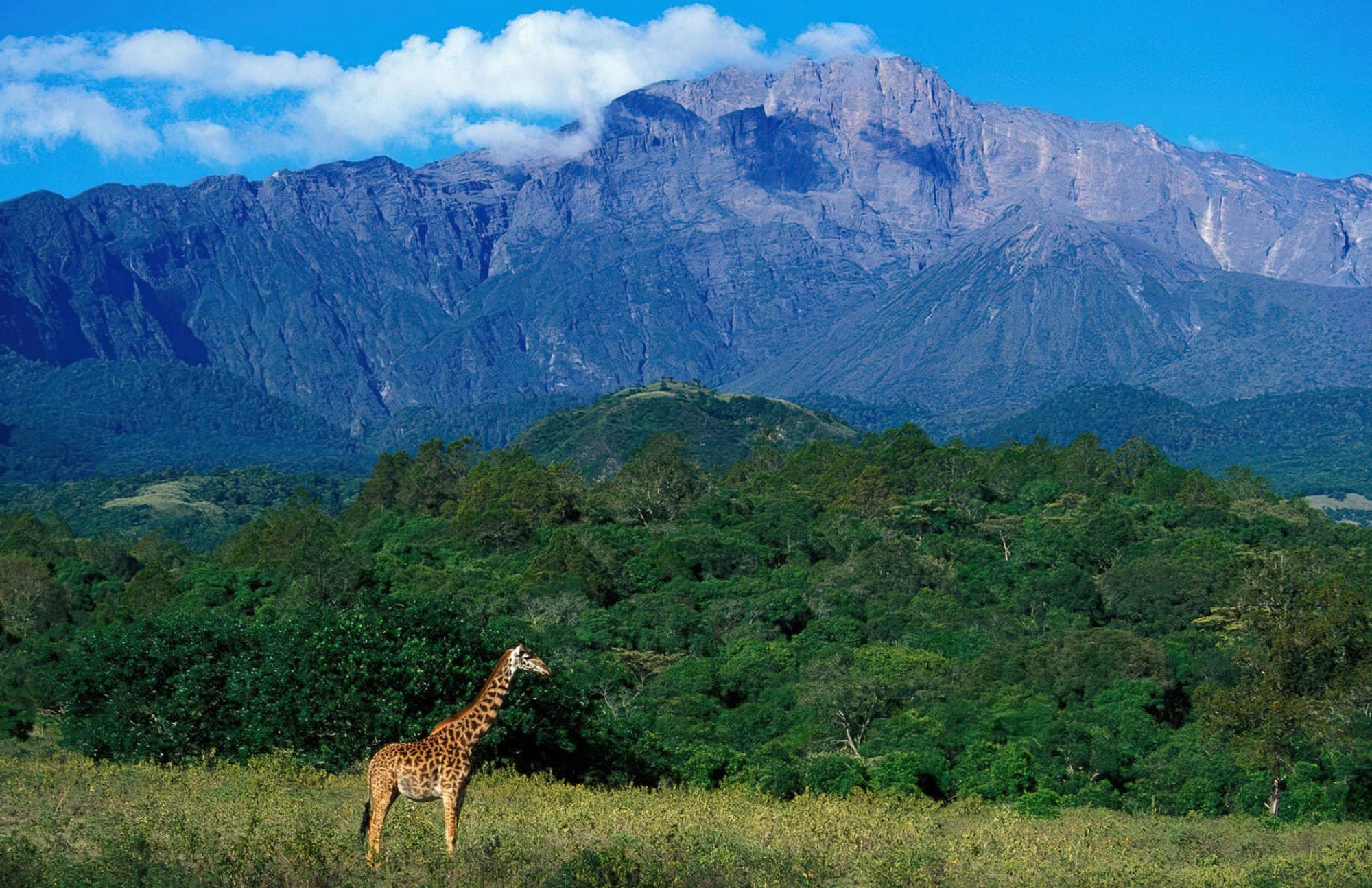
14-Days Ultimate Tanzania Safari & Zanzibar Escape
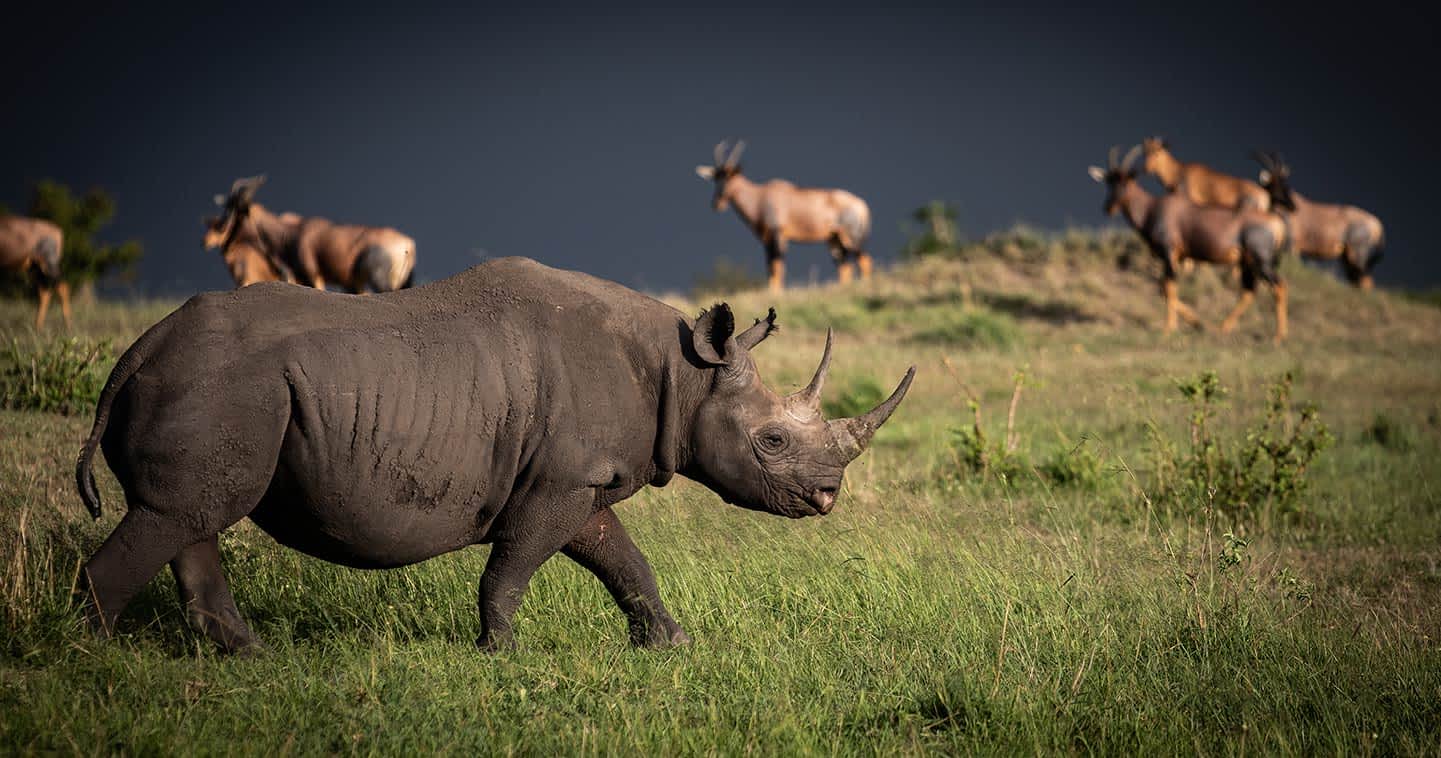
7-Days Maasai Heartland: Serengeti & Ngorongoro Adventure

10-Days Ultimate Tanzania Safari & Zanzibar Escape
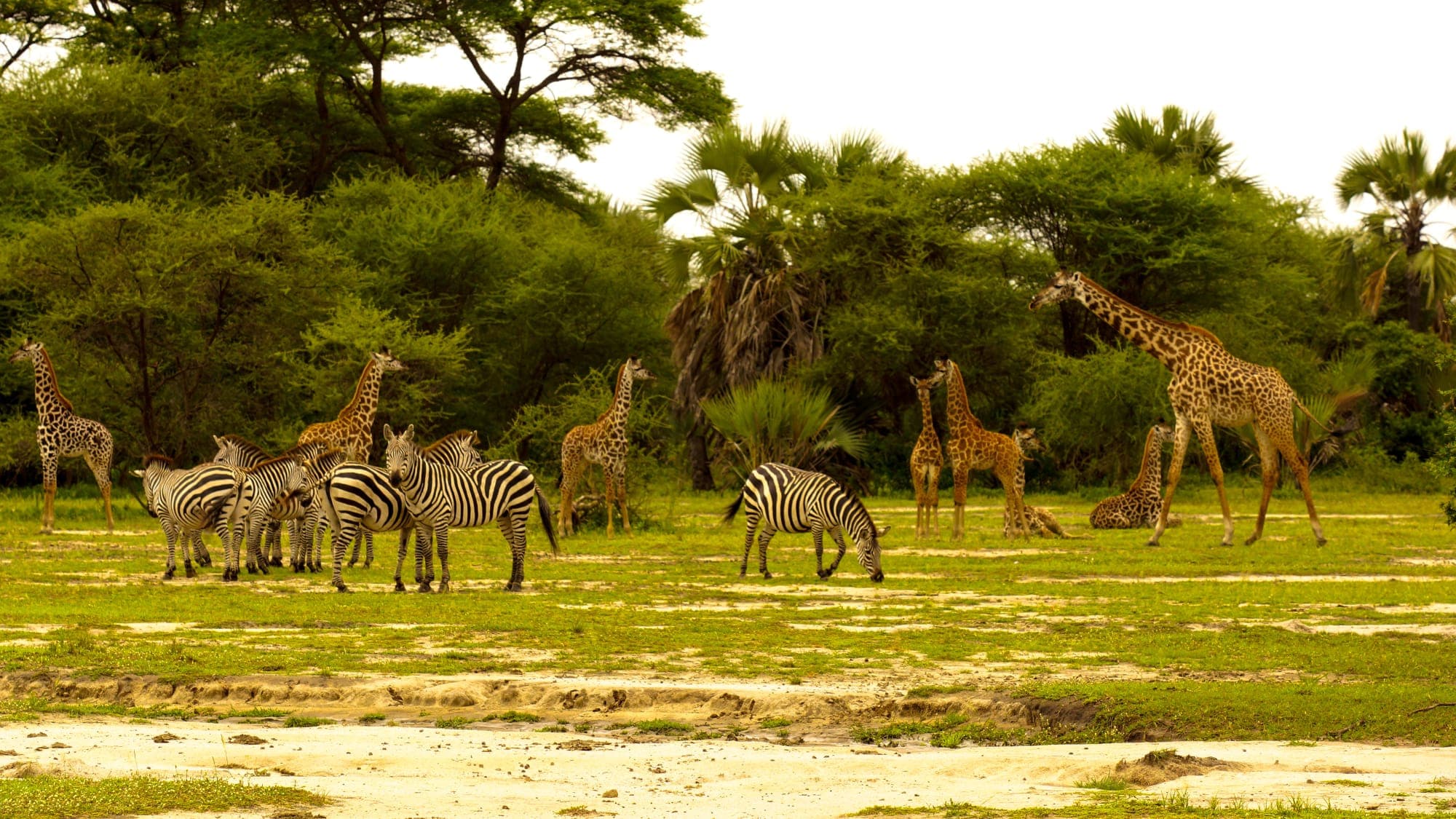
8-Days Ultimate Tanzania Wildlife Safari Experience
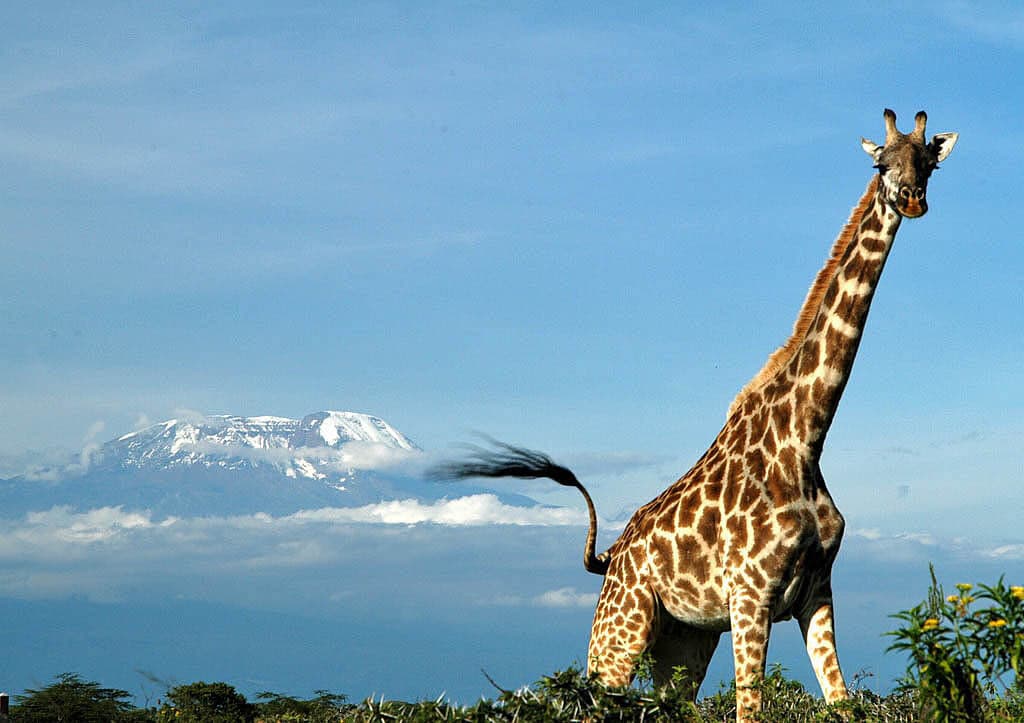
14-Days Ultimate Tanzania: Mountains, Crater & Zanzibar

7-Days Ultimate Tanzania Safari Adventure

1-Day Tarangire Wildlife Adventure - Day Safari

14-Days Northern Tanzania & Zanzibar Beach Escape
Tourism Highlights
Tanzania's most compelling tourism highlight is the annual wildebeest migration in the Serengeti, one of the world's greatest natural spectacles. Approximately two million wildebeest, zebras, and gazelles traverse the Serengeti ecosystem in a cyclical pattern, creating dramatic river crossings and predator-prey interactions that captivate visitors. The Ngorongoro Crater represents another iconic attraction, a UNESCO World Heritage Site featuring a self-contained ecosystem within a volcanic caldera where the Big Five can be observed in a relatively compact area. Mount Kilimanjaro, Africa's highest peak at 5,895 meters, attracts thousands of trekkers annually seeking the achievement of summiting this iconic mountain. The opportunity to track wild chimpanzees in their natural habitat at Gombe and Mahale Mountains National Parks offers profound wildlife encounters unavailable in most African destinations. Tanzania's three distinct safari circuits provide repeat visitors with diverse experiences: the Northern Circuit combines famous parks with cultural interactions, the Southern Circuit offers remote wilderness experiences with excellent wildlife viewing, and the Western Circuit provides intimate chimpanzee trekking and pristine landscapes. The combination of safari experiences with beach relaxation on Zanzibar Island, known as the 'Spice Island,' allows visitors to transition from wildlife adventure to tropical leisure. Cultural encounters with traditional communities like the Maasai and Hadzabe people provide authentic insights into indigenous lifestyles and traditions. Tanzania's well-developed tourism infrastructure, combined with its exceptional biodiversity and landscape diversity, creates comprehensive safari experiences that satisfy both first-time and experienced safari enthusiasts.
Top Attractions
Travel Tips
Book safaris well in advance, especially during peak season (June to October). Use reputable tour operators with established track records and positive reviews. Pack neutral-colored clothing for wildlife viewing to avoid disturbing animals. Bring high SPF sunscreen, insect repellent, and a wide-brimmed hat for sun protection. Carry binoculars and a camera with a good zoom lens for wildlife photography. Stay hydrated and bring water bottles on game drives. Respect wildlife and maintain safe distances as instructed by guides. Participate in cultural visits respectfully and ask permission before photographing people. Arrange travel insurance before departure. Carry copies of important documents separately from originals. Exchange currency at banks or authorized money changers rather than on the street. Learn basic Swahili phrases to enhance interactions with locals. Be prepared for variable accommodation standards, even in mid-range lodges. Allow flexibility in itineraries as wildlife viewing times can vary. Inform your tour operator of any dietary requirements in advance. Pack medications in original containers with prescriptions. Charge electronic devices during lodge stays as power availability varies.
When to Visit
June to October represents the peak dry season and is considered the best overall time to visit Tanzania. During these months, wildlife viewing is excellent across all circuits as animals concentrate around water sources. Daytime temperatures are comfortable, ranging from 20-30°C, and rainfall is minimal. July to September is particularly ideal for witnessing the wildebeest migration in the Serengeti, with June and July offering the best viewing in the Western and Northern Serengeti. January to February is the optimal time for experiencing the wildebeest calving season in the Southern Serengeti, when massive herds gather and predator activity is intense. This period also features warm temperatures and generally good wildlife viewing. March to May brings the long rains, reducing visibility and accessibility in Southern and Western circuit parks, though the Northern Circuit remains viable. Accommodation rates are lower during this period. November to December experiences short rains with afternoon showers; wildlife viewing is still possible but less predictable. December to early January sees increased tourist numbers and higher prices during the Christmas holiday period. February to March offers moderate crowds and good wildlife viewing in the Northern Circuit. April to May is the wettest period with limited accessibility to some parks. The best time depends on specific interests: migration viewing (June-September), calving season (January-February), or avoiding crowds (March-May or November-December).
Getting Around
Most visitors arrive at either Kilimanjaro International Airport (JRO), located 50km east of Arusha, or Julius Nyerere International Airport (DAR) in Dar es Salaam. Domestic flights connect major safari destinations and are typically arranged by tour operators as part of safari packages. Several domestic airlines operate scheduled and charter flights, including Coastal Aviation, Safari Air Link, Precision Air, Regional Air, and Air Tanzania. Driving between parks is possible but time-consuming; the drive from Arusha to Serengeti takes approximately 8 hours. Safari vehicles with experienced drivers are the primary means of transportation within parks, typically arranged through tour operators. Roads vary in quality, from well-maintained tarmac near Arusha to rough tracks in remote areas. Four-wheel-drive vehicles are essential for accessing some parks, particularly during rainy seasons. Public transportation between towns includes buses and minibuses, though comfort and safety standards vary. Taxis are available in major towns but should be pre-arranged through hotels rather than hailed on the street. Self-driving is possible but challenging due to road conditions, driving standards, and unfamiliarity with routes; most visitors rely on organized tours. Boat safaris are available in Nyerere National Park and some other locations. Walking safaris are offered in select parks with trained guides. Internal travel within Tanzania requires patience, as distances are substantial and infrastructure varies significantly by region.
Top Destinations in Tanzania
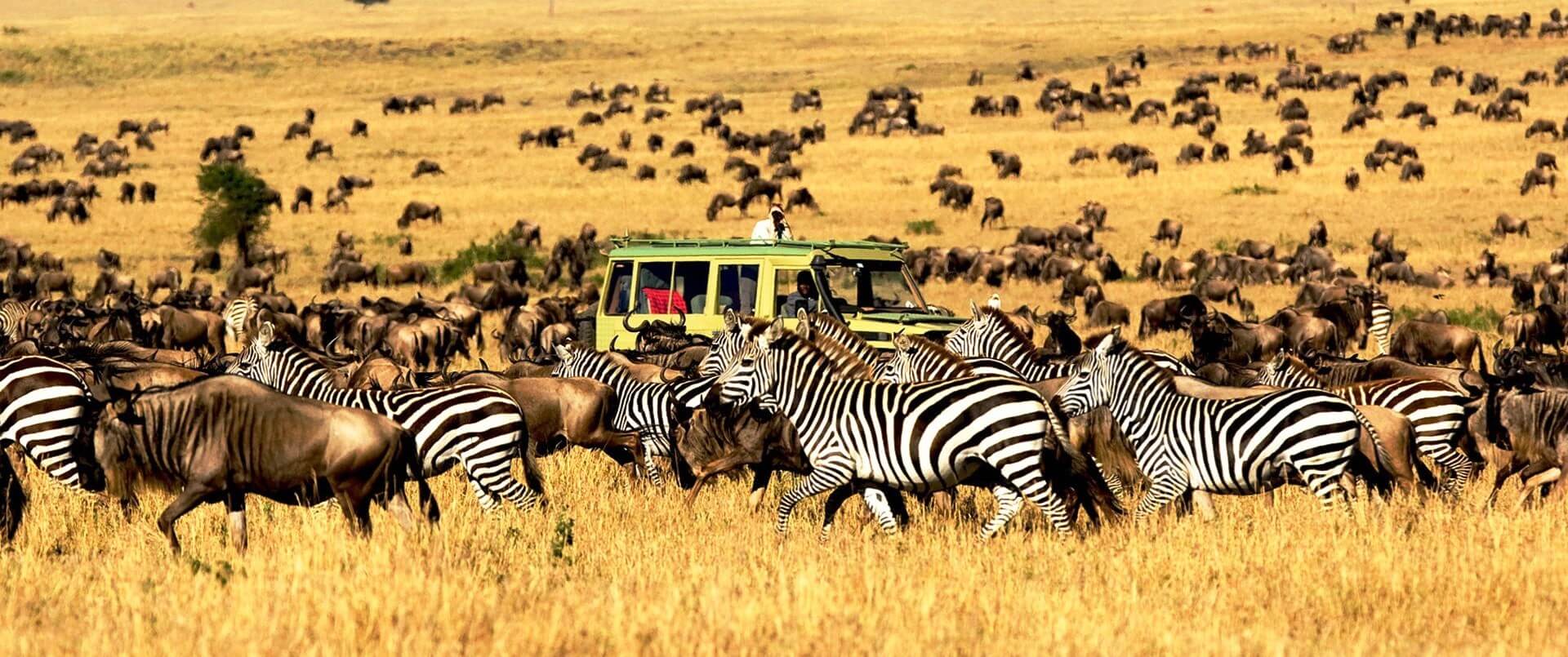
Serengeti National Park
national park
Serengeti National Park is Africa's greatest wildlife spectacle, home to the annual migration of 2+ million wildebeest and exceptional year-round wildlife viewing across endless plains.

Nyerere National Park
national park
Nyerere National Park is Tanzania's largest wildlife sanctuary, famous for pristine wilderness, the scenic Rufiji River, diverse wildlife including lions and wild dogs, and unique boat safari experiences.

Lake Manyara National Park
national park
Lake Manyara National Park is a scenic Tanzanian wildlife destination famous for tree-climbing lions, stunning Rift Valley escarpment views, and exceptional birding opportunities.

Tarangire National Park
national park
Tanzania's second-largest national park famous for massive elephant herds, ancient baobab trees, and the Tarangire River. Best visited July-November.

Ruaha National Park
national park
Tanzania's second-largest national park offering exceptional predator viewing, dramatic landscapes, and authentic wilderness with minimal crowds.

Arusha National Park
national park
Compact national park dominated by Mount Meru with diverse landscapes, excellent birding, and varied wildlife viewing opportunities near Arusha city.

Ngorongoro Crater
conservancy
The world's largest intact volcanic caldera and a premier African safari destination offering exceptional wildlife viewing, stunning scenery, and authentic Maasai cultural experiences.

Saadani National Park
national park
Tanzania's only coastal national park where wildlife meets the Indian Ocean beach, offering unique safari experiences with elephants, giraffes, and hippos viewable from pristine shores.

Mikumi National Park
national park
Mikumi National Park is Tanzania's underrated wildlife gem offering exceptional safari experiences with abundant animals, stunning floodplain landscapes, and easy access from Dar es Salaam.

Udzungwa Mountains National Park
national park
Udzungwa Mountains National Park is a pristine rainforest wilderness in southern Tanzania featuring dramatic waterfalls, rare primates, and exceptional hiking through lush mountain terrain.

Grumeti Game Reserve
reserve
Exclusive private reserve in Tanzania's western Serengeti offering intimate wildlife viewing with maximum 60 visitors, famous for the Great Migration crossing the Grumeti River.

Mahale Mountains National Park
national park
Premier African chimpanzee trekking destination on Lake Tanganyika's shores, offering intimate encounters with habituated chimps in pristine rainforest mountains.

Gombe National Park
national park
Remote Tanzanian national park on Lake Tanganyika famous for Jane Goodall's chimpanzee research and reliable chimp trekking experiences.
Quick Facts
Capital
Dar es Salaam
Continent
Africa
Population
59,734,218
Area
947,303 km²
Currency
Tanzanian Shilling (TZS)
Languages
Swahili, English, Bantu languages, Nilotic languages
Timezone
East Africa Time (EAT, UTC+3)
Best Safari Season
The dry season from June to October is generally considered the best time for safari across most of Tanzania's parks. During these months, wildlife congregates around reliable water sources, making animals easier to spot. The Northern Circuit parks remain productive year-round, but June to July offers the best chance to witness the wildebeest migration in the Western and Northern Serengeti. January to February is the optimal time to see the wildebeest calving season in the Southern Serengeti, when up to 8,000 calves are born daily, attracting numerous predators. While the wet season (November to May) brings afternoon showers and reduced visibility in some parks, the Northern Circuit remains viable for wildlife viewing, and the landscape becomes lush and green. The Southern and Western circuit parks are less accessible during the long rains (March to May), though some lodges remain open.
Wildlife Highlights
Climate
Tanzania experiences a tropical to subtropical climate with significant regional variation. The dry season runs from June to October, characterized by daytime temperatures ranging from 20°C to 30°C (68°F to 86°F), with cooler temperatures at higher altitudes. The wet season spans November to May, beginning with short rains from November to December, followed by a drier interlude in January and February, then the long rains from March to May. During the wet season, afternoon showers are common but typically don't prevent safari activities. Rainfall patterns vary significantly by region and altitude, with coastal areas receiving more precipitation than inland regions. The Southern and Western circuits experience more pronounced seasonal variations, with some areas becoming inaccessible during peak rains. Humidity is generally high, especially in coastal regions and during wet seasons. The variation in altitude across the country creates diverse microclimates, with highland areas like Mount Kilimanjaro experiencing significantly cooler temperatures and different precipitation patterns than lowland regions.
Travel Requirements
Visa Information
Most foreign visitors require a visa to enter Tanzania. Visas are best obtained in advance through the official online visa-application portal at visa.immigration.go.tz, though they can also be obtained through local Tanzanian embassies or high commissions. Visas can be obtained on arrival, though advance application is recommended. A valid passport with at least six months validity and a clean, full visa page for endorsement is required. Citizens of certain countries do not require a visa; a complete list is available on the immigration website. When arriving from yellow-fever-infected countries in Africa or the Americas, a yellow-fever vaccination certificate is mandatory. All visitors to Zanzibar must purchase mandatory travel insurance through the Zanzibar Insurance Corporation, ideally arranged in advance through their online portal to avoid complications upon arrival. Entry requirements can change, so verification with your local Tanzanian embassy or high commission is advised.
💉Health Requirements
Yellow fever vaccination is required when arriving from yellow-fever-infected countries in Africa or the Americas. Malaria is present throughout Tanzania, particularly in lower-altitude areas and during wet seasons. Antimalarial medication is strongly recommended, with options including atovaquone-proguanil, doxycycline, or mefloquine depending on individual health profiles and drug resistance patterns. Insect repellent containing DEET and long-sleeved clothing worn during dawn and dusk are essential malaria prevention measures. Routine vaccinations should be up-to-date, including measles, mumps, rubella, diphtheria, tetanus, pertussis, and polio. Hepatitis A and typhoid vaccinations are recommended for most travelers. Hepatitis B vaccination is advised for those with potential blood exposure. Japanese encephalitis vaccination may be considered for extended stays in rural areas during transmission season. Rabies vaccination is recommended for adventure travelers and those spending extended time in remote areas. Travelers should consult with travel medicine specialists 4-6 weeks before departure for personalized recommendations. Comprehensive travel insurance including medical evacuation coverage is strongly advised. Medical facilities in major cities like Dar es Salaam and Arusha are adequate, but remote areas have limited healthcare resources.